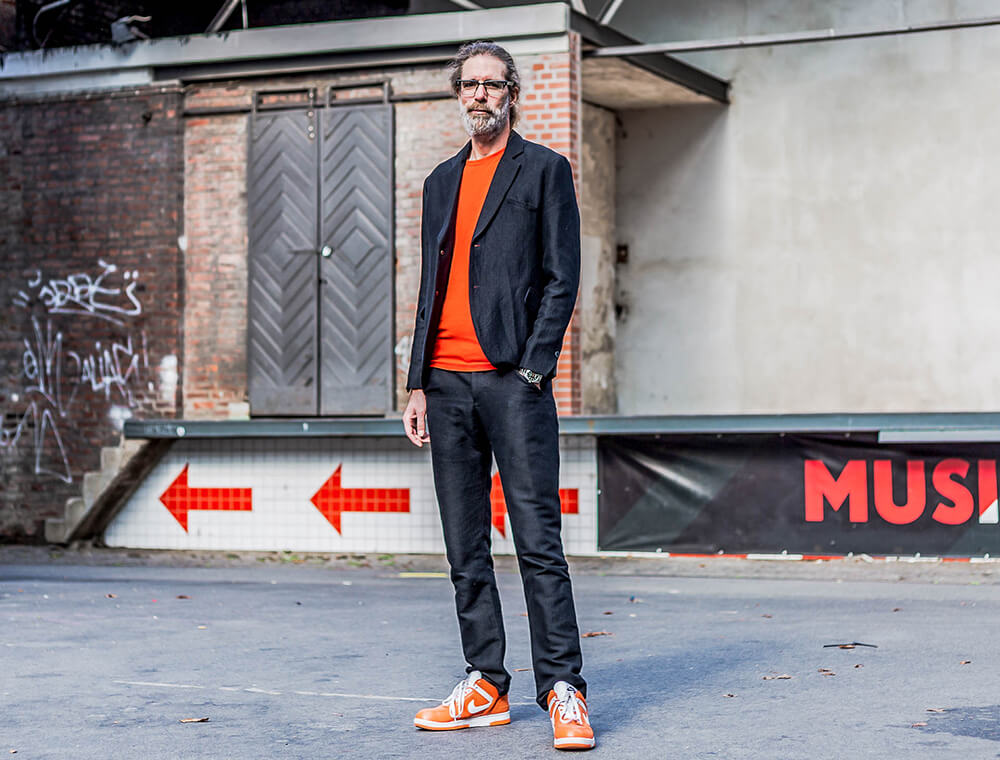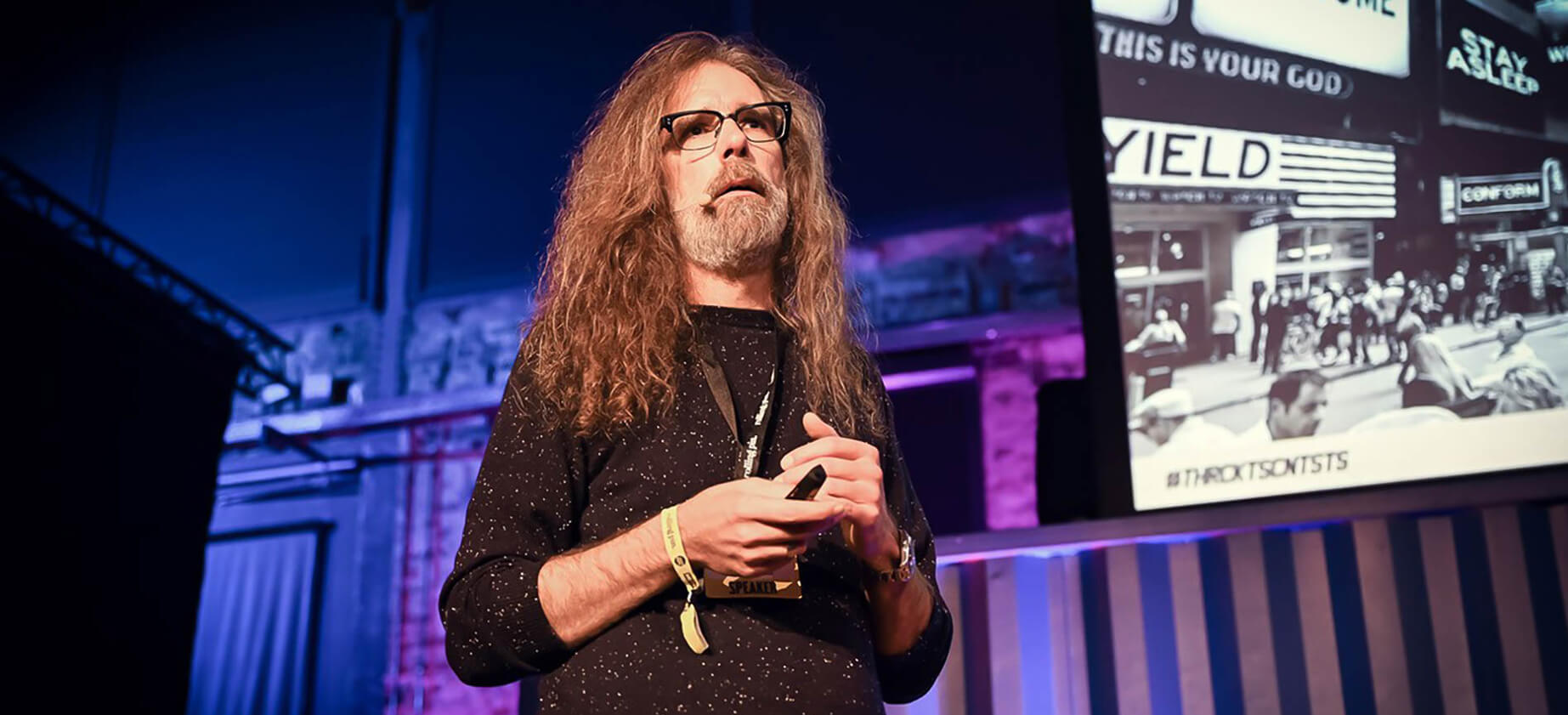In this article, the tool options for restaurateurs and how these can be used professionally will be presented and explained. Social media is now well out of its infancy and its individual offers and networks play an important role in daily communication. Official statements made by athletes, politicians and other players take place over channels such as Instagram, Twitter or Facebook. Many forms of media cite the relevant news and create entire articles from these posts.
Almost four billion people use social media worldwide. On Facebook alone you can reach 1.9 billion people with advertising; on Instagram, the number is currently 879 million. Therefore, social media channels represent the form of advertising with the highest reach alongside television and out-of-home advertising, such as posters.
However, because of the continuously increasing relevance of social media offers as well as significantly more extensive offerings, using them poses a great challenge for restaurateurs. While some have a member on the team who is familiar with the subject, others pass the work on to agencies that specialize in the subject. You can find reasons to support both approaches.
What’s Beef, a client of the agency The Rocket Scientists, with offices in Düsseldorf, Frankfurt, Münster and Hamburg, provides an example of how to use social media channels. The burger restaurant achieves most of its reach through the use of such channels. This is done through their own posts, contributions from guests and targeted paid advertising. The success, the high number of likes and enormous reach are remarkable. Some of the factors for success have been highlighted by the agency responsible for the project.
One of the most decisive points is the starting position. Since What’s Beef is very “gramable” simply because of its products and the interior of its restaurants, it inspires guests to take photos and post in social media channels such as Instagram. This phenomenon can be significantly increased by various measures. For example, the lighting conditions in many restaurants are simply not suitable for taking good photos. Often the way the products are presented is not appealing enough, which means the guests are not inspired to take pictures or post them. A visually appealing meal works far better for social media. Those who serve up goulash are therefore somewhat at a disadvantage. The offer and advertising on Facebook and Instagram will then be administered and controlled by your own Facebook Business Manager. This offer is free for companies and creates a basis for the professional use of the tools. In this way, you can manage individual pages and accounts as well as create and schedule posts. The same goes for advertising accounts. For those who would like to use Facebook and Instagram efficiently, the Business Manager offers a professional tool with a diverse range of additional options.

Markus Eckartz / Image: Andreas Kuschner/The Rocket Scientists
In fact, the Instagram offers for What’s Beef, the main account and a menu account are all included in the Business Manager and linked with an advertising account. Since these accounts have also been created as business accounts, the organic reach to the desired target audience can be significantly increased with the help of the advertising manager. In this way, content production, which still takes a lot of work, is created in a more efficient manner. What’s Beef has its own advertising account with Facebook, and The Rocket Scientists also urges all of their other customers to do the same. This is the only way to gain transparency over advertising spending. All customer data and target groups alway remain with the customers and are not connected to the agency. Target groups in particular are the most important tools when using Facebook and Instagram and the advertising options connected to them. In addition to interests and behavior, users of the websites or individual accounts can also be specifically addressed or removed from the advertising. This results in a large number of strategic options for paid advertising, which are also one of the main reasons for working with a professional from this industry.
The possibilities are endless – but so are the odds of throwing a lot of money out the window. Besides using Facebook and Instagram, which make up the majority of the reach, claiming all posts that can be attributed to the company is also always to be recommended. This is, for example, the Google Maps entry that can be managed in a Google MyBusiness account. However, posts in Tripadvisor, Apple Maps, Yelp and possibly even Foursquare may also be relevant. Even if these channels are not actively used, incorrect addresses, opening hours or contact data must be remedied; it also always makes sense to have an option for action when visitors react and post on these portals. Community management in particular, i.e. the response to questions and reviews, is another important factor. And it is precisely in this area that restaurateurs are often divided. For example, reviews are often described as completely irrelevant, although these are a very important decision-making factor, especially for non-local users. Consider how you would react if the guests expressed criticism or praise while actually in the restaurant. Would you leave them standing there without saying a word? Would you respond when possible or thank them for their praise? That is why communication with both present and future guests is an incredibly important factor. Requests written via Facebook Messages or Instagram Direct Messages present the option of turning prospects into customers. Markus Eckartz and his agency are constantly dealing with this topic and have seen many changes in offers and user behavior in the last 6 years. Eckartz lists the following important tips , which can be important pointers, regardless of the number of channels used, the percentage of paid advertising and the current location.
Tips:
- Don’t leave anything unanswered
If the guest or interested party receives an answer, the opportunity for dialogue opens up as well as the chance that they will visit the restaurant. - Quick reaction
You should responds to posts, reviews and questions as quickly as possible.
Reviews are not the only way customers respond; their reaction also includes images and stories on Instagram. These allow for response and therefore to enter into a kind of dialogue with the guest. - Regular postings
Don’t neglect your offers. Regular, relevant postings provide you with an organic and free-of-charge reach that can turn those interested into guests.
- Relevant content
Post relevant content The current offerings on the lunch menu are more relevant than the type of beer you always have on tap.
- Find multiplicators
Seek out multiplicators such as culinary blogs, clubs and so on. Together you’re always stronger. - Start early
If you are planning a grand opening, start communicating early, not once the doors have already opened. Create and stimulate curiosity in those who are interested. - Organic reach is not enough
Only very few can get away with relying exclusively on unpaid reach. Increase your reach with targeted advertising in individual channels. In conclusion, it has to be said that the scene and the way it is used are constantly changing. For this reason, it is particularly important for restaurateurs to keep a close eye on the topic, and regularly review strategies and how these channels are used. This way, social media can make a substantial, efficient and sustainable contribution your own marketing!
Further reading:
Feed the feed – Instagram for restaurants
















